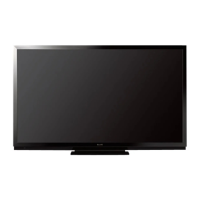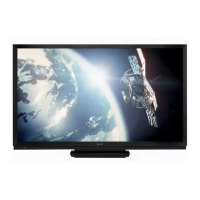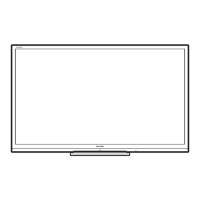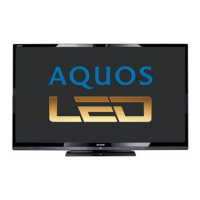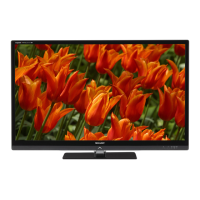1
Dear SHARP customer
Contents
Thank you for your purchase of the SHARP LCD colour TV product. To ensure safety and many years of
trouble-free operation of your product, please read the Important Safety Precautions carefully before
using this product.
OPERATION MANUAL
Introduction
Dear SHARP customer ................................................................................................................. 1
Contents ......................................................................................................................................... 1
Precautions for daily use .............................................................................................................. 5
Important safety precautions ....................................................................................................... 6
Trademarks .................................................................................................................................... 7
Supplied accessories .................................................................................................................... 8
Optional accessories .................................................................................................................... 8
Preparation
Attaching the stand unit ............................................................................................................... 9
Protection against overturning .................................................................................................. 10
Angle adjustment ........................................................................................................................ 11
Handling and precautions with the wall-mounted TV ............................................................. 11
Part names ................................................................................................................................... 12
TV (Front/Side) ............................................................................................................... 12
TV (Rear) ........................................................................................................................ 13
Remote control unit ....................................................................................................... 14
Before turning on the power ...................................................................................................... 15
Connecting external devices ..................................................................................................... 16
Connecting a VCR, game console or camcorder .......................................................... 16
Connecting a DVD player .............................................................................................. 16
Connecting a Digital TV Set Top Box (STB) .................................................................. 17
Connecting an AV amplifi er ........................................................................................... 17
Connecting a PC ............................................................................................................ 17
Connecting a USB hard disk drive (HDD) ...................................................................... 17
Using digital audio output ............................................................................................. 17
Inserting the batteries ................................................................................................................ 18
Using the remote control unit .................................................................................................... 18
Cautions regarding the remote control unit ................................................................... 18
Turning the TV on/off .................................................................................................................. 19
Turning on/off the power ............................................................................................... 19
Standby mode ............................................................................................................... 19
Supplying electric power to the antenna .................................................................................. 19
Initial auto installation................................................................................................................. 20
Checking signal strength and channel strength ...................................................................... 20
About Menu operations .............................................................................................................. 21
What is Menu? ............................................................................................................... 21
Basic menu operations .................................................................................................. 21
About guide display ....................................................................................................... 21
Watching TV
Setting channels automatically .................................................................................................. 22
Selecting programmes ............................................................................................................... 23
Adjusting the volume .................................................................................................................. 23
Setting channels to your preference ......................................................................................... 24
Digital settings ...............................................................................................................24
Manual setting for each channel (Analogue) .................................................................. 25
Sorting programmes (Analogue) .................................................................................... 27
Erasing programmes (Analogue).................................................................................... 27
60X50H_en_ID5.indd 160X50H_en_ID5.indd 1 2011-6-13 17:19:512011-6-13 17:19:51


